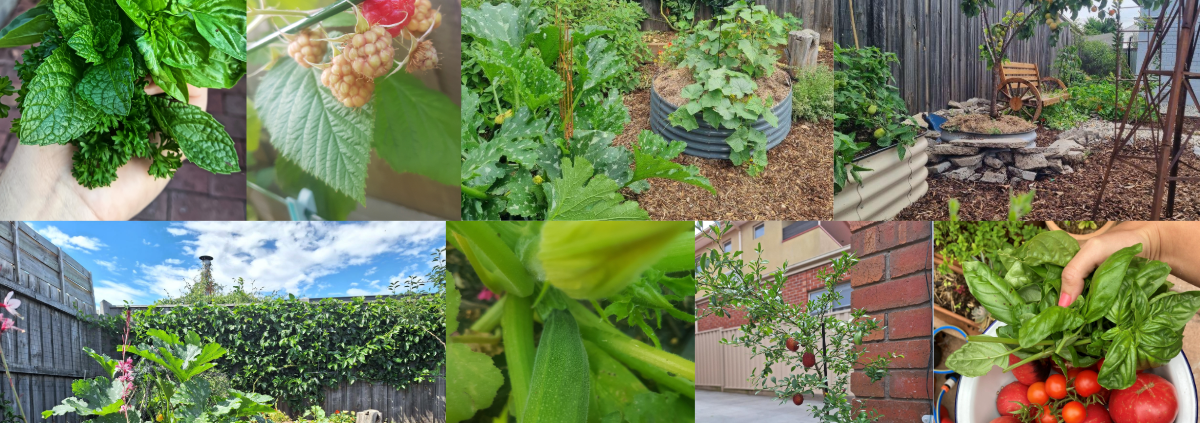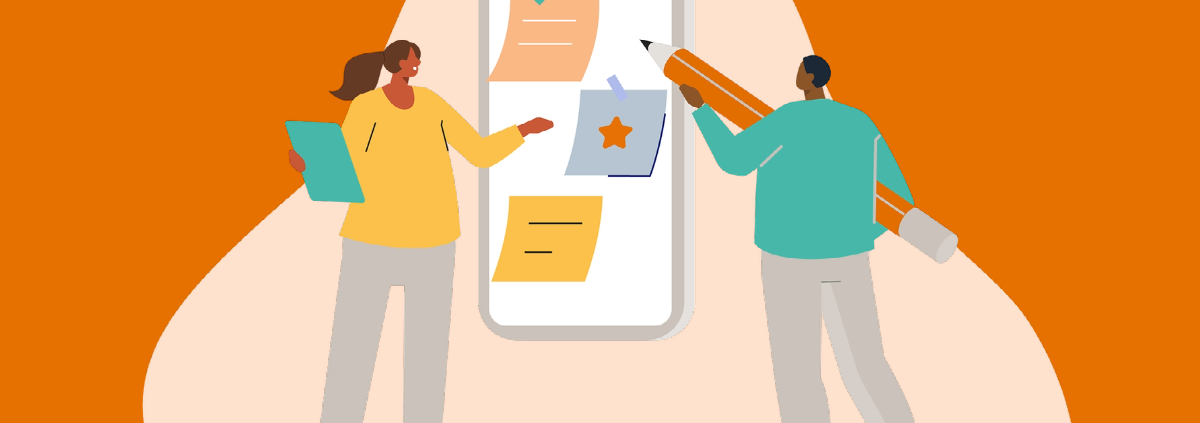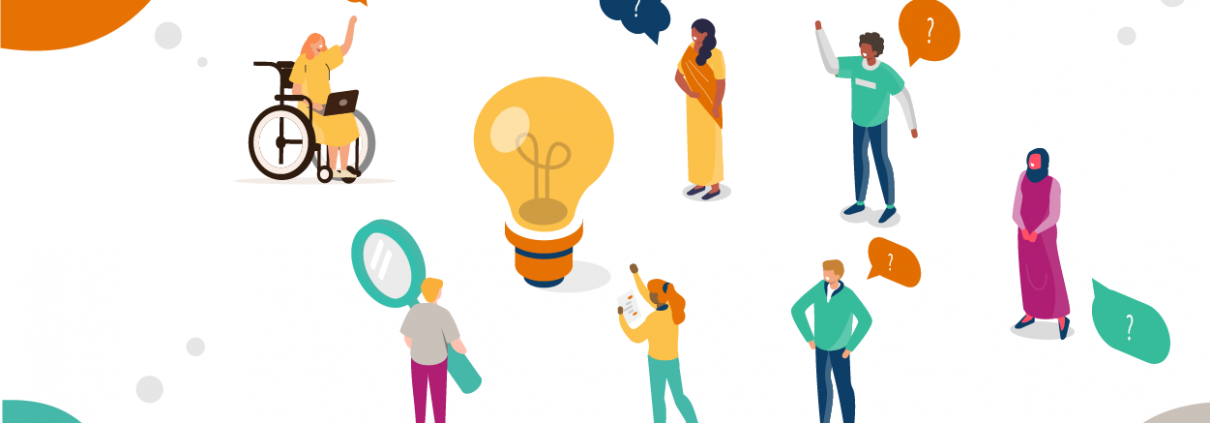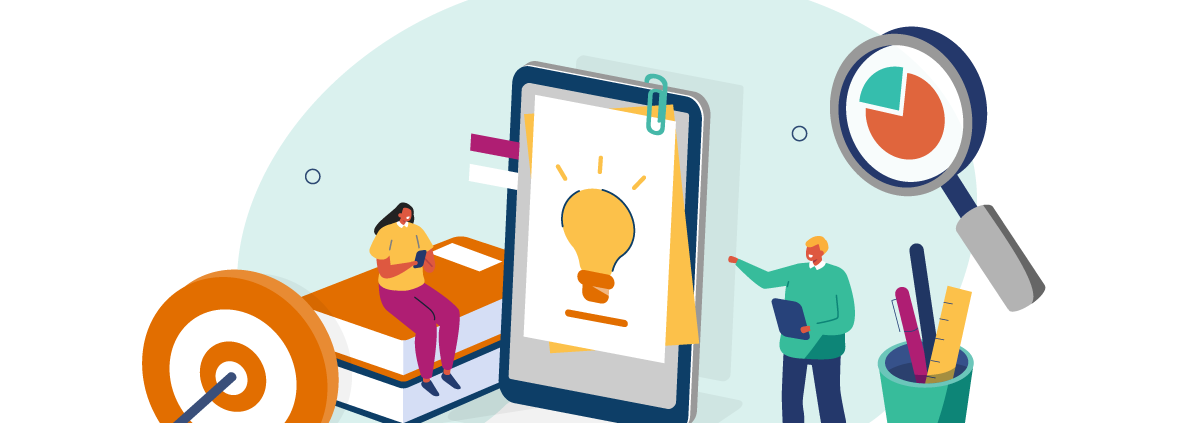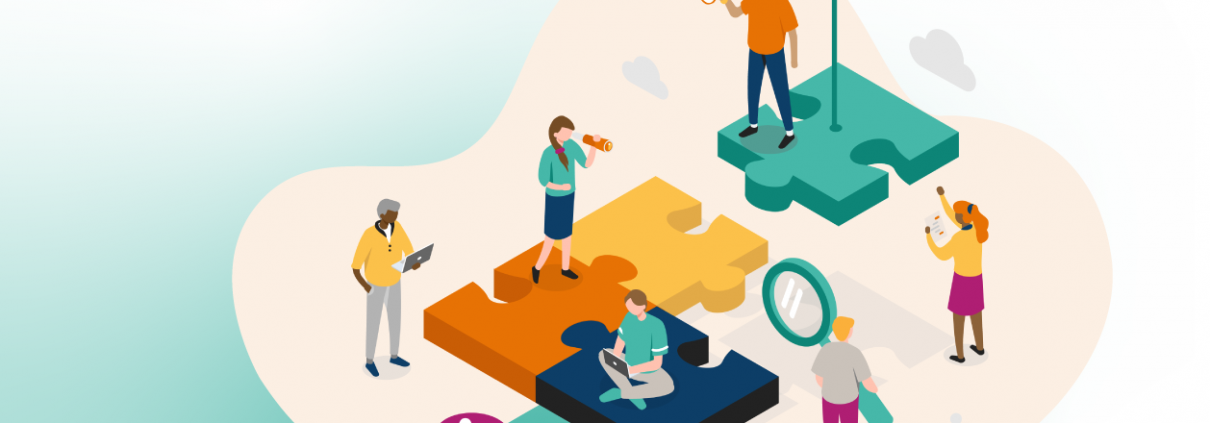Reflections on 26 January
At Clear Horizon, in solidarity with our First Nations people, we do not adhere to 26 January as a day of celebration. We are committed to reconciliation, truth-telling, and collaboration with Aboriginal communities for guidance and insight, and we believe this choice aligns with our commitment. This has been our choice since 2017 when it was decided by an overwhelming majority vote.


